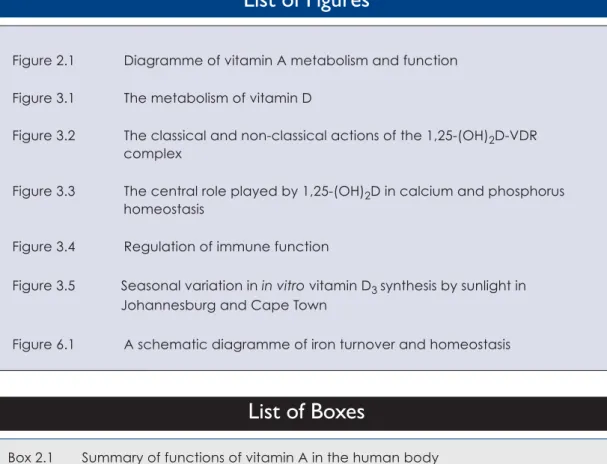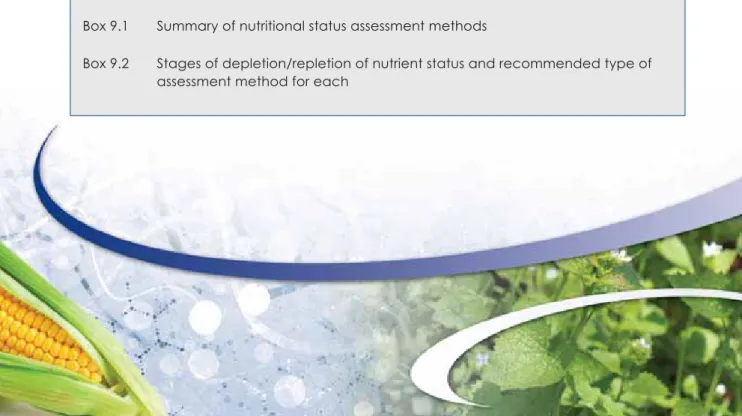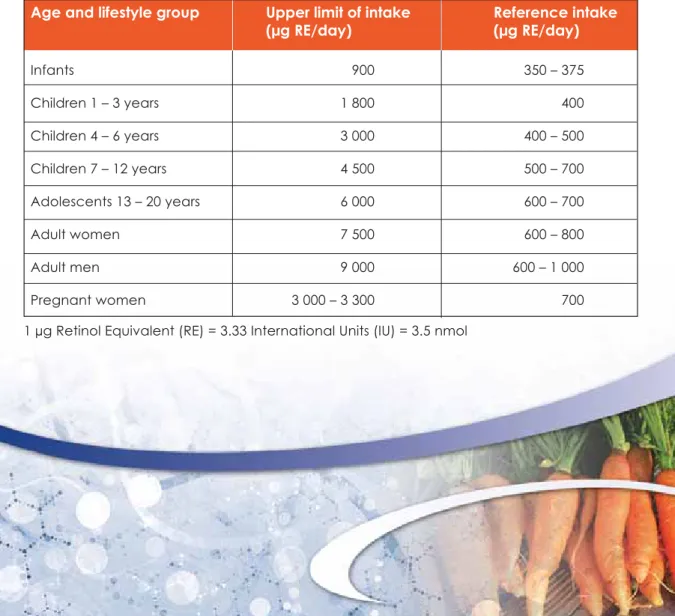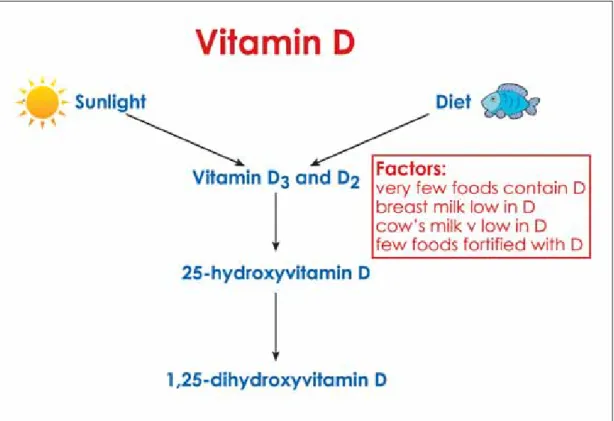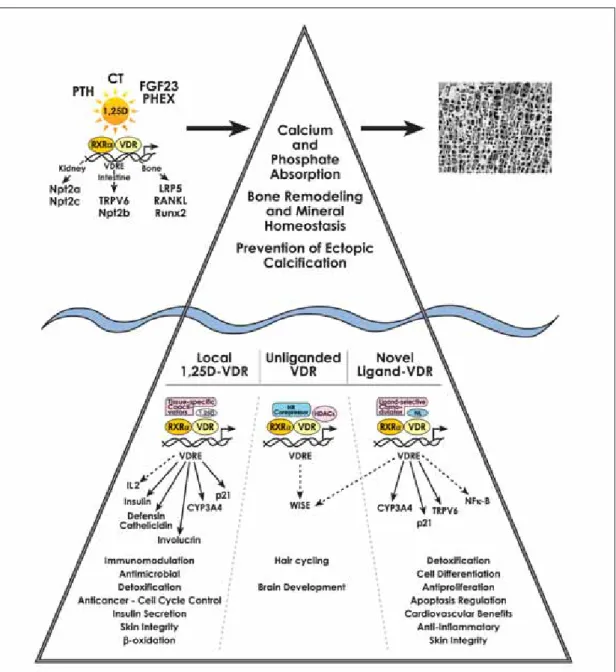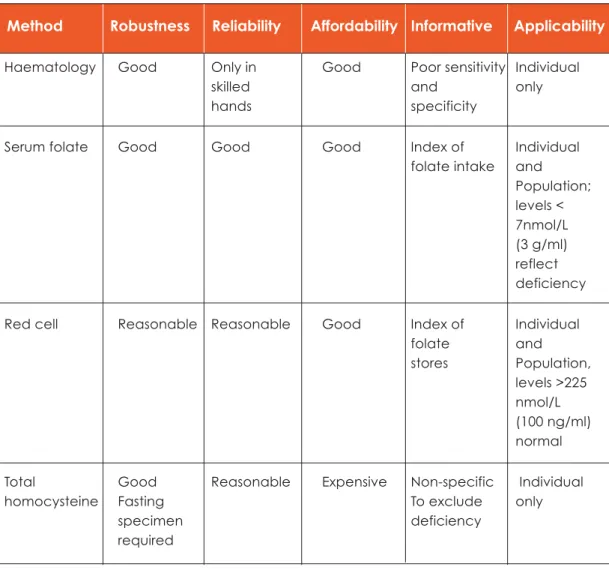It was formed in response to the need for an Academy of Sciences in line with the dawn of democracy in South Africa: activist in its mission to use science for the good of society, with a mandate that encompasses all areas of scientific research in uninterrupted way. way, and including in its ranks the full diversity of. The Parliament of South Africa passed the South African Academy of Sciences Act (Act 67 of 2001), as amended, which came into force on 15 May 2002. This has made ASSAf the official South African Academy of Sciences, recognized by the government and represents South Africa in the international community of science academies.
This consensus report fulfills the mandate of the Academy of Sciences of South Africa (ASSAf) to provide evidence-based scientific advice to South African policy makers.
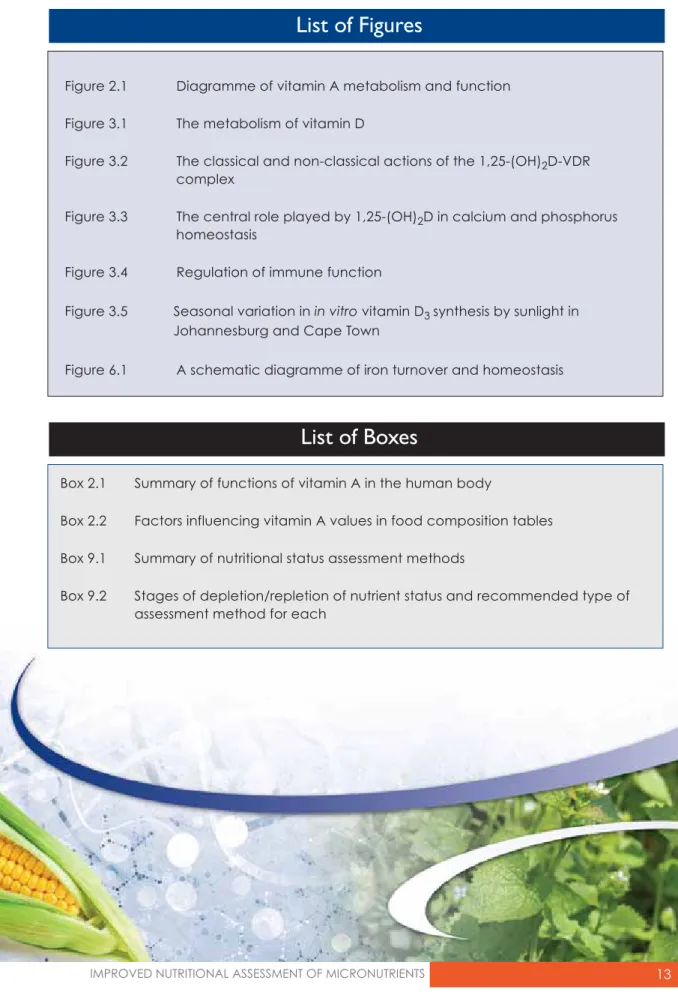
Introduction
The aim of this Consensus Study on Improved Nutritional Assessment of Micronutrients was to optimize our approach to assessing the nutritional status of individuals, specific groups of people and populations in all settings. As the gut microflora is currently under intense scrutiny as a co-determinant of whole-body physiology and micronutrient pathophysiology, a further chapter on this topic is included. Which of the tests or methods are the most informative and reliable regarding the actual deficiency/deficiency of these micronutrients in individuals and populations.
How are the tests affected, or the interpretation changed, by factors such as varying health status of the subjects studied, by other dietary components (nutrients, food and non-nutrient endogenous compounds and additives), and by different composition of gastrointestinal bacteria and other commensals.
Vitamin A
Vitamin D
The chapter concludes with suggestions on how and to whom the results of this study should be disseminated. The chapter defines vitamin D requirements, possible dietary sources, accepted ranges for serum values, recommended cutoff ranges for vitamin D deficiency and deficiency, and shows that measurement of 25(OH)D in serum by enzyme-linked immunosorbent assay (ELISA) and/or radio- immuno-tracer tests can be used to determine vitamin D status. The chapter concludes with a recommendation that more randomized controlled trials and intervention studies are needed to establish the possible role of vitamin D in the treatment of TB and HIV/AIDS.
Folate
Selenium
Se intake can be assessed by measuring total Se concentration in plasma and whole blood samples. Assessment of Se status by measuring specific functional markers (selenoproteins and enzyme activities in biological samples) is determined by the specific function of Se being investigated. The limited information on South African Se intake and status, as well as risk mapping of potential SE deficient areas, and the lower Se status found in people with HIV infection, suggest that Se deficiency among South African groups (and also other populations in Africa) is widespread.
The chapter concludes with recommendations that research into the intake and status, and effects of selenium supplementation is urgently needed, and that more research into the Se content of South African foods, as well as into the Se needs of vulnerable groups (such as HIV -infected people, and those with an increased need for antioxidants) is indicated.
Iron
The total Se level needed to maintain immune system function is probably lower than the requirements of people with HIV infection and other disease states.
Zinc
Serum zinc concentration is low and contamination of samples to be analyzed should be avoided. The chapter therefore also summarizes the technical aspects that should be taken into account when assessing zinc in serum samples. The same three variables should be measured to assess the effect of zinc interventions in populations.
At an individual level, serum zinc in combination with dietary assessment should be helpful in decisions about therapy.
The Bowel Microbiotica in Relation to Nutritional Assessment
The chapter includes discussions on zinc bioavailability and highlights its lower availability in plant-based diets, and especially when corn is the main ingredient. A review of methods to assess zinc intake and zinc status led to the recommendation that a combination of three methods should be used to assess zinc status, namely: dietary intake, serum (plasma) zinc levels, as well as measuring growth (length). -for-age) in children. Keep in mind that compromised growth in children is influenced by many factors in addition to zinc deficiency.
The chapter concludes with recommendations and practical advice on the assessment of zinc status of South African groups.
Findings, Discussion and Conclusions
The chapter concludes with a summary of methods recommended for assessment in the field and clinical setting. The role of these micronutrients in the optimal functioning of the immune system and the protective effects against some non-communicable diseases (NCDs) can be considered non-classical or "new" functions. Confounding factors such as inflammation and catabolic state that may be present in the assessment of nutritional status may affect the interpretation of assessment results and should be taken into account.
In the second part of this chapter, using a systems approach, our understanding of the paradigm of micronutrient turnover in the whole body and how the body responds to different levels of intake is described.
Recommendations
These six micronutrients were selected because of their likely impact on the massive pandemics of human immunodeficiency virus (HIV) and Mycobacterium tuberculosis (MTB) infections in the country. The nutrition and health transition in South Africa's North West Province: a review of the THUSA (Transition and Health under Urbanization of South Africans) study. Mecocci et al.39 observed that high levels of vitamin A and vitamin E appeared to play a role in the extreme longevity of the subjects in their study.
Desquamation of the skin, bone pain and hair loss may occur in the following days. During apparent deficiency, the level of retinol decreases and is a reliable marker of the vitamin A status of individuals in the absence of infection58. Both RDR and MRDR provide information on liver stores of vitamin A, but not on the total amount of vitamin A in the body.
The advantages and disadvantages of the various available methods for assessing vitamin A status were mentioned in the previous section. The high prevalence of obesity in adults is likely to have a negative impact on vitamin D status in the adult population49. The most important polymorphisms are in the enzymes methylenetetrahydrofolate reductase (MTHFR), methionine synthase (MTR), methionine synthase reductase (MTRR) and thymidylate synthase (TS).
In assessing the functionally important folate status of an individual, the detection of this defect can be important. Gene-gene interactions in the folate metabolic pathway and risk of conotruncal heart defects. Dietary folates and folate vitamins and risk of pancreatic cancer in a Dutch cohort study.
The nutrition and health transition in the North West Province of South Africa: a review of the THUSA (Transition and Health under Urbanization of South Africans) study. Much of the iron that the body requires comes from iron that is recycled from the breakdown of aging red blood cells in the liver. The three selected for use have been listed first in the shaded rows of the table.
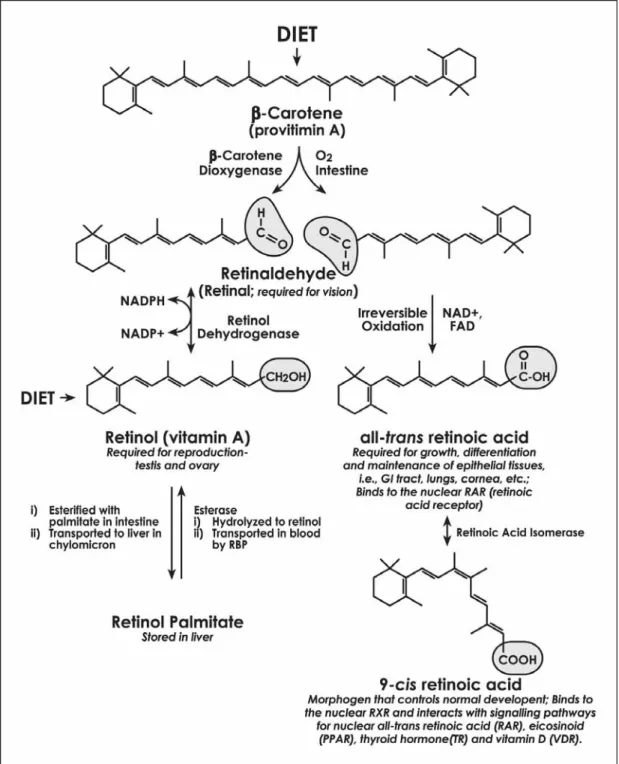
Implementation of a regular nutritional status surveillance system
South Africa should implement a nutritional surveillance system in which the nutritional status of the South African population is monitored and evaluated regularly (at least every five to ten years). For example, evaluation of the results of the current mandatory food fortification program as part of surveillance is needed to ensure that the upper intake limits of specific micronutrients, such as vitamin A and folate, are not exceeded by some individuals. or groups. The biochemical methods (laboratory tests) used to assess nutritional status, as presented in this report, should be used in conjunction with dietary intake measurements and anthropometric measurements (particularly child growth), as appropriate, to assess micronutrient status as part of monitoring.
A data bank of information on changes in nutritional status over time should be established and shared with other countries in Africa (meaning that all monitoring and research data should be properly dated and centrally stored).
Routine assessment of micronutrient status
Improving the training of health person- nel in the assessment of micronutrient status and improving
Developing expertise
Investing more in local nutrition research
He is the Head of the Department of Human Nutrition, College of Medicine, University of Ibadan in Nigeria, and also the President of the Federation of African Nutrition Societies (FANUS) and in this capacity also a member of the Executive Committee of the International Union of Nutritional Sciences (IUNS) ).He has returned to his position as Director of the MRC's Nutritional Intervention Research Unit (NIRU).He is a member of the SA Pediatric Society, the SA HIV Clinicians Association and the American Academy of Paediatrics.
He was on the Editorial Board of the SA Journal of Clinical Nutrition and was Chair of the SA Committee of International. He is an elected member of the Developing World Academy of Sciences (TWAS) and a life member of the University of Cape Town. She was named Businesswoman of the Year 2009 in the professional category by the South African Council of Business Women.
His other previous appointments include those as Assistant Dean (Research) of the Faculty of Health Sciences and Executive Director (Research) of the University of the Witwatersrand. He is a past president of the Nutrition Society of South Africa and the College of Paediatricians of South Africa. She is a professor of nutrition and former director of the Center of Excellence for Nutrition at North-West University.
She has served as President of the Nutrition Society of South Africa (NSSA) and on the National Council of the International Union of Nutrition Sciences (IUNS) and ICSU. He is professor and head of the Laboratory for Human Nutrition at the Swiss Federal Institute of Technology in Zurich.
Academy of Science of South Africa (ASSAf)
